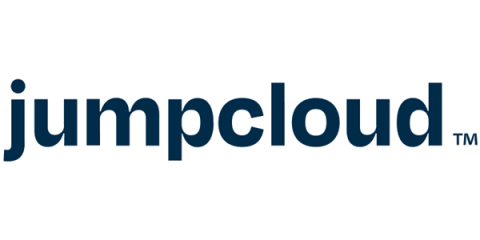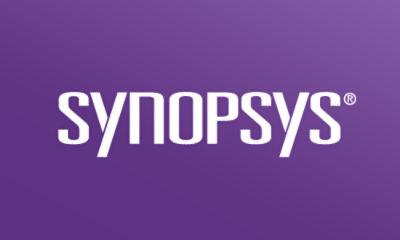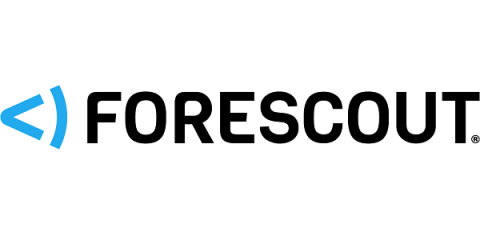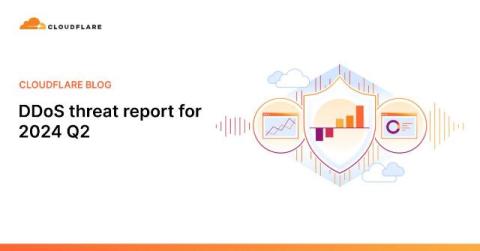A Deeper Dive into DISA's Cybersecurity Initiatives
The Defense Information Systems Agency (DISA) is a Department of Defense (DoD) service provider that supplies a global information-sharing architecture for all DoD members "from the President on down." Their cybersecurity measures are among the best in the world.











